-
 Bitcoin
Bitcoin $107,412.2566
-2.18% -
 Ethereum
Ethereum $2,480.5507
-4.05% -
 Tether USDt
Tether USDt $1.0002
-0.04% -
 XRP
XRP $2.2106
-2.83% -
 BNB
BNB $651.5314
-1.54% -
 Solana
Solana $146.5129
-3.39% -
 USDC
USDC $0.9999
-0.01% -
 TRON
TRON $0.2832
-0.87% -
 Dogecoin
Dogecoin $0.1620
-5.62% -
 Cardano
Cardano $0.5671
-4.79% -
 Hyperliquid
Hyperliquid $38.1838
-5.51% -
 Sui
Sui $2.8360
-5.20% -
 Bitcoin Cash
Bitcoin Cash $488.2333
-1.63% -
 Chainlink
Chainlink $13.0208
-5.05% -
 UNUS SED LEO
UNUS SED LEO $9.0529
0.22% -
 Avalanche
Avalanche $17.6888
-4.61% -
 Stellar
Stellar $0.2368
-2.48% -
 Toncoin
Toncoin $2.7502
-3.63% -
 Shiba Inu
Shiba Inu $0.0...01129
-4.90% -
 Litecoin
Litecoin $86.3079
-3.69% -
 Hedera
Hedera $0.1522
-4.07% -
 Monero
Monero $313.2491
-1.17% -
 Dai
Dai $0.9999
-0.03% -
 Polkadot
Polkadot $3.3331
-5.97% -
 Ethena USDe
Ethena USDe $1.0000
-0.01% -
 Bitget Token
Bitget Token $4.3908
-3.98% -
 Uniswap
Uniswap $6.8864
-9.27% -
 Pepe
Pepe $0.0...09565
-4.85% -
 Aave
Aave $261.8733
-6.20% -
 Pi
Pi $0.4662
-5.40%
What is the position liquidation rule of gate.io?
Gate.io's position liquidation rule is crucial for traders to manage risks in futures and margin trading, automatically closing positions when the margin ratio falls below the maintenance level.
Apr 11, 2025 at 05:56 am
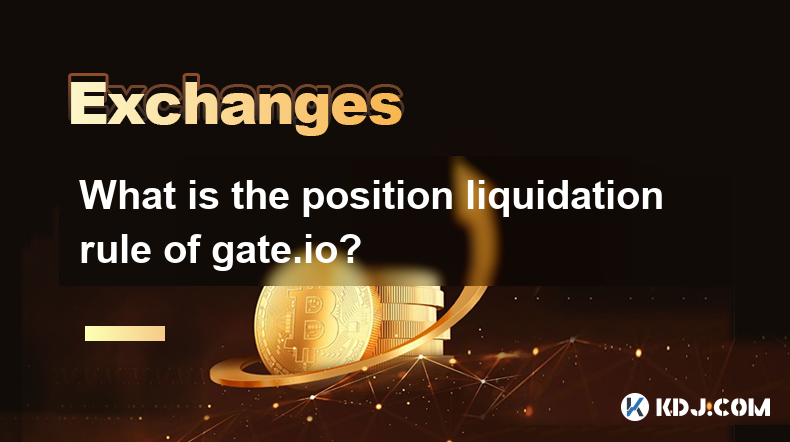
Gate.io is a well-known cryptocurrency exchange platform that offers a variety of trading options, including spot trading, futures trading, and margin trading. One of the critical aspects of trading on Gate.io, especially when it comes to futures and margin trading, is understanding the position liquidation rule. This rule is essential for traders to manage their risks effectively and avoid unexpected losses. In this article, we will delve into the details of Gate.io's position liquidation rule, explaining what it is, how it works, and what traders need to know to navigate it successfully.
What is Position Liquidation?
Position liquidation is a process that occurs when a trader's account balance falls below the required margin level, leading to the automatic closure of their positions to prevent further losses. This mechanism is designed to protect both the trader and the exchange from excessive risk. On Gate.io, liquidation can happen in both futures and margin trading, and understanding the specifics of how it works is crucial for any trader.
How Does Liquidation Work on Gate.io?
Liquidation on Gate.io is triggered when the account's margin ratio falls below the maintenance margin level. The margin ratio is calculated as the ratio of the account's equity to the total position value. If this ratio drops below the maintenance margin level, the exchange will initiate the liquidation process to close the trader's positions.
- Maintenance Margin Level: This is the minimum margin ratio required to keep a position open. If the margin ratio falls below this level, liquidation is triggered.
- Liquidation Price: This is the price at which the position will be liquidated. It is calculated based on the entry price, the amount of leverage used, and the maintenance margin level.
When liquidation occurs, Gate.io will automatically close the trader's positions at the best available market price. This process is designed to be as quick as possible to minimize further losses. However, due to market volatility, the actual liquidation price may differ from the calculated liquidation price, leading to potential slippage.
Types of Liquidation on Gate.io
Gate.io offers two types of liquidation: partial liquidation and full liquidation.
- Partial Liquidation: In this scenario, only a portion of the trader's position is closed to bring the margin ratio back above the maintenance margin level. This allows the trader to keep part of their position open while reducing the risk of further losses.
- Full Liquidation: If the margin ratio continues to drop and cannot be restored through partial liquidation, the entire position will be closed. This is a more severe measure taken to prevent the account from going into a negative balance.
How to Avoid Liquidation on Gate.io
To avoid liquidation, traders need to manage their positions carefully and monitor their margin ratios closely. Here are some strategies to help traders avoid liquidation:
- Use Stop-Loss Orders: Setting stop-loss orders can help limit potential losses by automatically closing a position when the price reaches a certain level.
- Monitor Margin Ratios: Regularly check the margin ratio to ensure it remains above the maintenance margin level. If it starts to approach the liquidation threshold, consider reducing the position size or adding more collateral.
- Reduce Leverage: Using lower leverage can reduce the risk of liquidation, as it requires less margin to maintain the position.
- Diversify Positions: Spreading investments across different assets can help mitigate the risk of a single position causing liquidation.
Understanding Liquidation Fees on Gate.io
When a position is liquidated, Gate.io may charge a liquidation fee to cover the costs associated with the process. The fee is typically a small percentage of the liquidated position's value. It's important for traders to be aware of these fees, as they can impact the final amount received after liquidation.
- Liquidation Fee Calculation: The fee is calculated based on the value of the liquidated position. For example, if the fee is 0.5% and the position value is $10,000, the liquidation fee would be $50.
- Impact on Account Balance: The liquidation fee is deducted from the account balance after the position is closed. This means the final balance after liquidation will be reduced by the fee amount.
Practical Example of Liquidation on Gate.io
To better understand how liquidation works on Gate.io, let's consider a practical example. Suppose a trader opens a futures position with the following details:
- Entry Price: $50,000
- Leverage: 10x
- Position Size: $10,000
- Maintenance Margin Level: 5%
The trader's initial margin is $1,000 (10% of the position size). If the price of the asset drops to $45,000, the position value becomes $9,000, and the margin ratio drops to 11.1% ($1,000 / $9,000). If the price continues to drop to $42,500, the position value becomes $8,500, and the margin ratio drops to 11.8% ($1,000 / $8,500). At this point, the margin ratio is still above the maintenance margin level of 5%.
However, if the price drops further to $40,000, the position value becomes $8,000, and the margin ratio drops to 12.5% ($1,000 / $8,000). If the price continues to drop to $37,500, the position value becomes $7,500, and the margin ratio drops to 13.3% ($1,000 / $7,500). At this point, the margin ratio is still above the maintenance margin level of 5%.
If the price drops to $35,000, the position value becomes $7,000, and the margin ratio drops to 14.3% ($1,000 / $7,000). If the price continues to drop to $32,500, the position value becomes $6,500, and the margin ratio drops to 15.4% ($1,000 / $6,500). At this point, the margin ratio is still above the maintenance margin level of 5%.
If the price drops to $30,000, the position value becomes $6,000, and the margin ratio drops to 16.7% ($1,000 / $6,000). If the price continues to drop to $27,500, the position value becomes $5,500, and the margin ratio drops to 18.2% ($1,000 / $5,500). At this point, the margin ratio is still above the maintenance margin level of 5%.
If the price drops to $25,000, the position value becomes $5,000, and the margin ratio drops to 20% ($1,000 / $5,000). If the price continues to drop to $22,500, the position value becomes $4,500, and the margin ratio drops to 22.2% ($1,000 / $4,500). At this point, the margin ratio is still above the maintenance margin level of 5%.
If the price drops to $20,000, the position value becomes $4,000, and the margin ratio drops to 25% ($1,000 / $4,000). If the price continues to drop to $17,500, the position value becomes $3,500, and the margin ratio drops to 28.6% ($1,000 / $3,500). At this point, the margin ratio is still above the maintenance margin level of 5%.
If the price drops to $15,000, the position value becomes $3,000, and the margin ratio drops to 33.3% ($1,000 / $3,000). If the price continues to drop to $12,500, the position value becomes $2,500, and the margin ratio drops to 40% ($1,000 / $2,500). At this point, the margin ratio is still above the maintenance margin level of 5%.
If the price drops to $10,000, the position value becomes $2,000, and the margin ratio drops to 50% ($1,000 / $2,000). If the price continues to drop to $7,500, the position value becomes $1,500, and the margin ratio drops to 66.7% ($1,000 / $1,500). At this point, the margin ratio is still above the maintenance margin level of 5%.
If the price drops to $5,000, the position value becomes $1,000, and the margin ratio drops to 100% ($1,000 / $1,000). If the price continues to drop to $2,500, the position value becomes $500, and the margin ratio drops to 200% ($1,000 / $500). At this point, the margin ratio is still above the maintenance margin level of 5%.
If the price drops to $0, the position value becomes $0, and the margin ratio becomes undefined. At this point, the position would be liquidated.
Frequently Asked Questions
Q: Can I reopen a liquidated position on Gate.io?
A: Yes, after a position is liquidated, you can open a new position once you have sufficient funds in your account. However, it's important to review your trading strategy and risk management practices to avoid repeated liquidations.
Q: How can I check my current margin ratio on Gate.io?
A: You can check your current margin ratio by navigating to the trading interface on Gate.io. The margin ratio is typically displayed in the account summary or position details section.
Q: What happens if the market price moves rapidly during liquidation?
A: If the market price moves rapidly during liquidation, there may be slippage, meaning the actual liquidation price could be different from the calculated liquidation price. This can result in a larger loss than anticipated.
Q: Is there a way to set a custom liquidation price on Gate.io?
A: No, Gate.io does not currently offer the option to set a custom liquidation price. The liquidation price is automatically calculated based on the entry price, leverage, and maintenance margin level.
Disclaimer:info@kdj.com
The information provided is not trading advice. kdj.com does not assume any responsibility for any investments made based on the information provided in this article. Cryptocurrencies are highly volatile and it is highly recommended that you invest with caution after thorough research!
If you believe that the content used on this website infringes your copyright, please contact us immediately (info@kdj.com) and we will delete it promptly.
- Bitcoin's Pattern Break: Are HODLers the Key to the Next Surge?
- 2025-07-04 18:50:12
- Bitcoin Price, Trump's Bill, and the $150K Dream: A NYC Take
- 2025-07-04 19:50:12
- Ethereum, LILPEPE, and the July Bounce: Will Pepe Steal ETH's Thunder?
- 2025-07-04 19:10:12
- Binance Institutional Loans: Unlocking 4x Leverage and Zero Interest for Whales
- 2025-07-04 19:15:12
- Bitcoin Bull Run: Analysts Eye Peak in Late 2025?
- 2025-07-04 19:20:13
- Pepe Indicators, Bullish Forecast: Can the Meme Coin Rally?
- 2025-07-04 19:25:12
Related knowledge
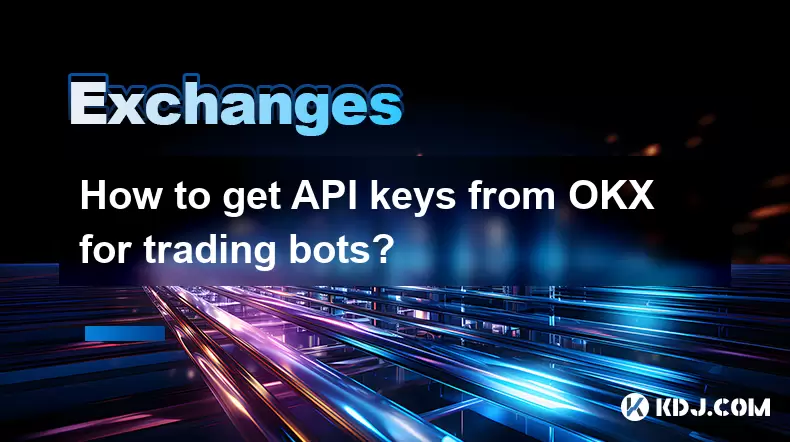
How to get API keys from OKX for trading bots?
Jul 03,2025 at 07:07am
Understanding API Keys on OKXTo interact with the OKX exchange programmatically, especially for building or running trading bots, you need to obtain an API key. An API (Application Programming Interface) key acts as a secure token that allows your bot to communicate with the exchange's servers. On OKX, these keys come with customizable permissions such ...
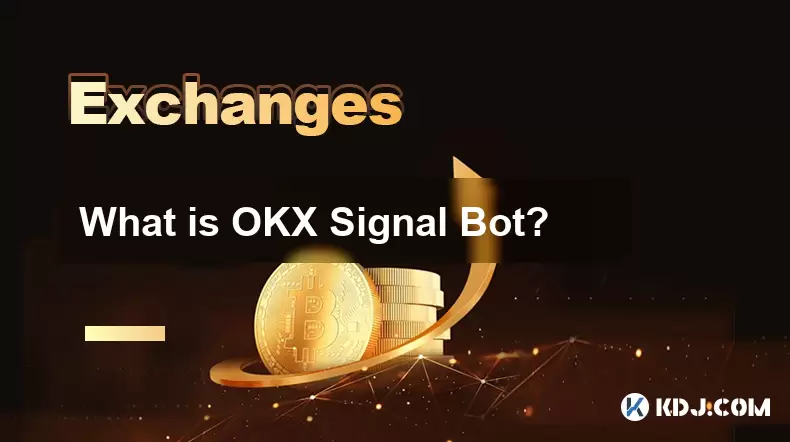
What is OKX Signal Bot?
Jul 02,2025 at 11:01pm
Understanding the Basics of OKX Signal BotThe OKX Signal Bot is a feature within the OKX ecosystem that provides users with automated trading signals and execution capabilities. Designed for both novice and experienced traders, this bot helps identify potential trading opportunities by analyzing market trends, technical indicators, and historical data. ...
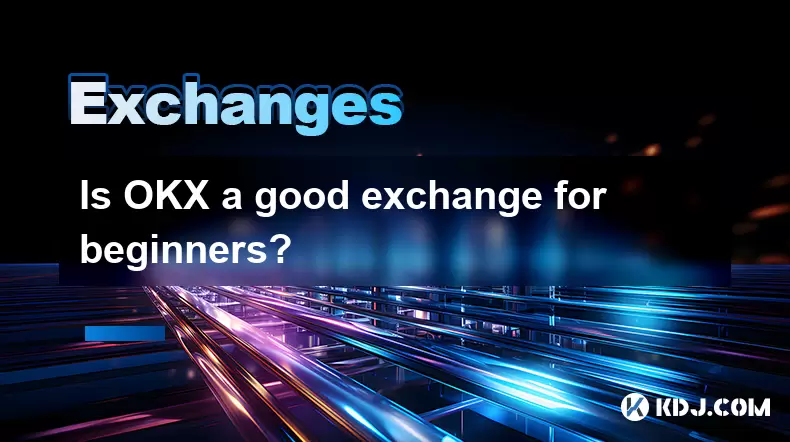
Is OKX a good exchange for beginners?
Jul 03,2025 at 05:00pm
What Is OKX and Why Is It Popular?OKX is one of the leading cryptocurrency exchanges globally, known for its robust trading infrastructure and a wide variety of digital assets available for trading. It supports over 300 cryptocurrencies, including major ones like Bitcoin (BTC), Ethereum (ETH), and Solana (SOL). The platform has gained popularity not onl...
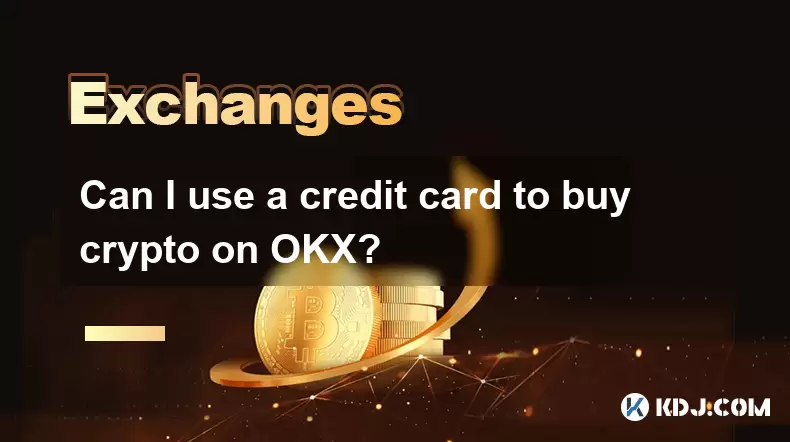
Can I use a credit card to buy crypto on OKX?
Jul 04,2025 at 04:28am
Understanding OKX and Credit Card PaymentsOKX is one of the leading cryptocurrency exchanges globally, offering a wide range of services including spot trading, derivatives, staking, and more. Users often wonder whether they can use a credit card to buy crypto on OKX, especially if they are new to the platform or looking for quick ways to enter the mark...
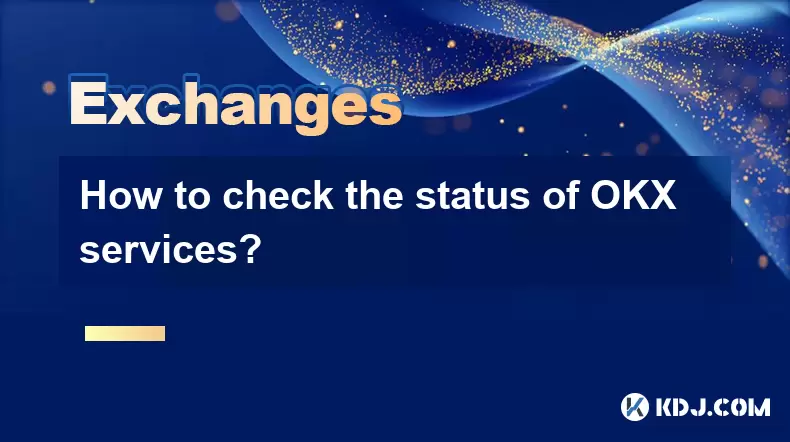
How to check the status of OKX services?
Jul 02,2025 at 11:14pm
What is OKX, and Why Checking Service Status Matters?OKX is one of the world’s leading cryptocurrency exchanges, offering services such as spot trading, futures trading, staking, and more. With millions of users relying on its platform for daily transactions, it's crucial to know how to check the status of OKX services. Downtime or maintenance can affec...
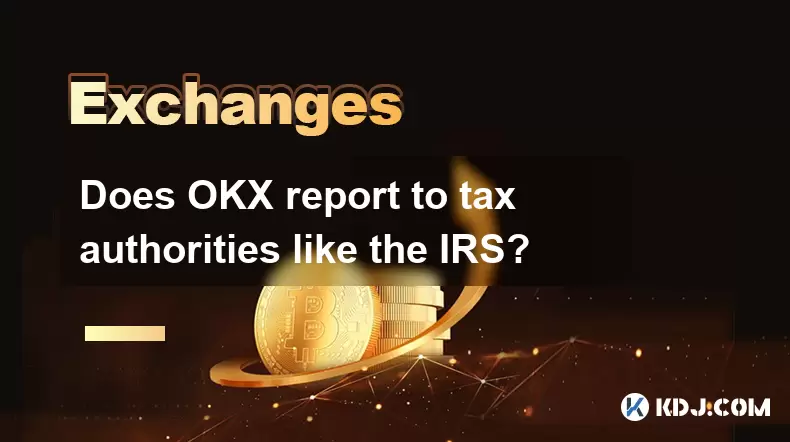
Does OKX report to tax authorities like the IRS?
Jul 03,2025 at 03:14pm
Understanding the Role of Cryptocurrency Exchanges in Tax ReportingCryptocurrency exchanges play a crucial role in facilitating digital asset transactions, but their responsibilities extend beyond trading and custody. As regulatory scrutiny intensifies globally, users are increasingly concerned about whether platforms like OKX report to tax authorities ...

How to get API keys from OKX for trading bots?
Jul 03,2025 at 07:07am
Understanding API Keys on OKXTo interact with the OKX exchange programmatically, especially for building or running trading bots, you need to obtain an API key. An API (Application Programming Interface) key acts as a secure token that allows your bot to communicate with the exchange's servers. On OKX, these keys come with customizable permissions such ...

What is OKX Signal Bot?
Jul 02,2025 at 11:01pm
Understanding the Basics of OKX Signal BotThe OKX Signal Bot is a feature within the OKX ecosystem that provides users with automated trading signals and execution capabilities. Designed for both novice and experienced traders, this bot helps identify potential trading opportunities by analyzing market trends, technical indicators, and historical data. ...

Is OKX a good exchange for beginners?
Jul 03,2025 at 05:00pm
What Is OKX and Why Is It Popular?OKX is one of the leading cryptocurrency exchanges globally, known for its robust trading infrastructure and a wide variety of digital assets available for trading. It supports over 300 cryptocurrencies, including major ones like Bitcoin (BTC), Ethereum (ETH), and Solana (SOL). The platform has gained popularity not onl...

Can I use a credit card to buy crypto on OKX?
Jul 04,2025 at 04:28am
Understanding OKX and Credit Card PaymentsOKX is one of the leading cryptocurrency exchanges globally, offering a wide range of services including spot trading, derivatives, staking, and more. Users often wonder whether they can use a credit card to buy crypto on OKX, especially if they are new to the platform or looking for quick ways to enter the mark...

How to check the status of OKX services?
Jul 02,2025 at 11:14pm
What is OKX, and Why Checking Service Status Matters?OKX is one of the world’s leading cryptocurrency exchanges, offering services such as spot trading, futures trading, staking, and more. With millions of users relying on its platform for daily transactions, it's crucial to know how to check the status of OKX services. Downtime or maintenance can affec...

Does OKX report to tax authorities like the IRS?
Jul 03,2025 at 03:14pm
Understanding the Role of Cryptocurrency Exchanges in Tax ReportingCryptocurrency exchanges play a crucial role in facilitating digital asset transactions, but their responsibilities extend beyond trading and custody. As regulatory scrutiny intensifies globally, users are increasingly concerned about whether platforms like OKX report to tax authorities ...
See all articles

























































































